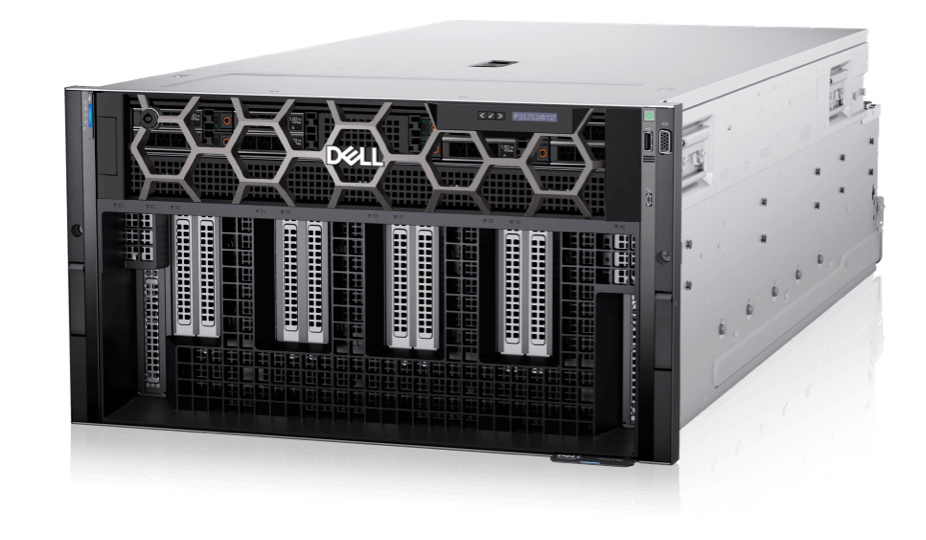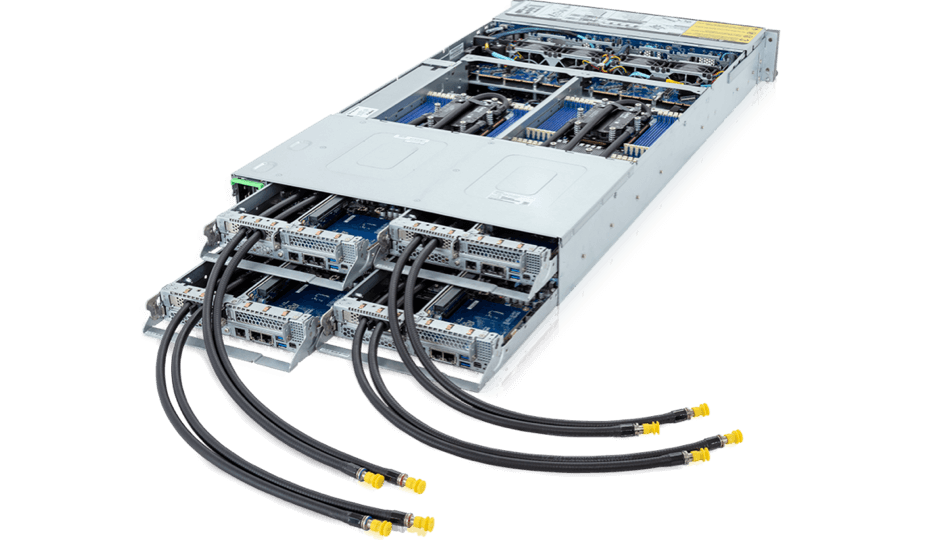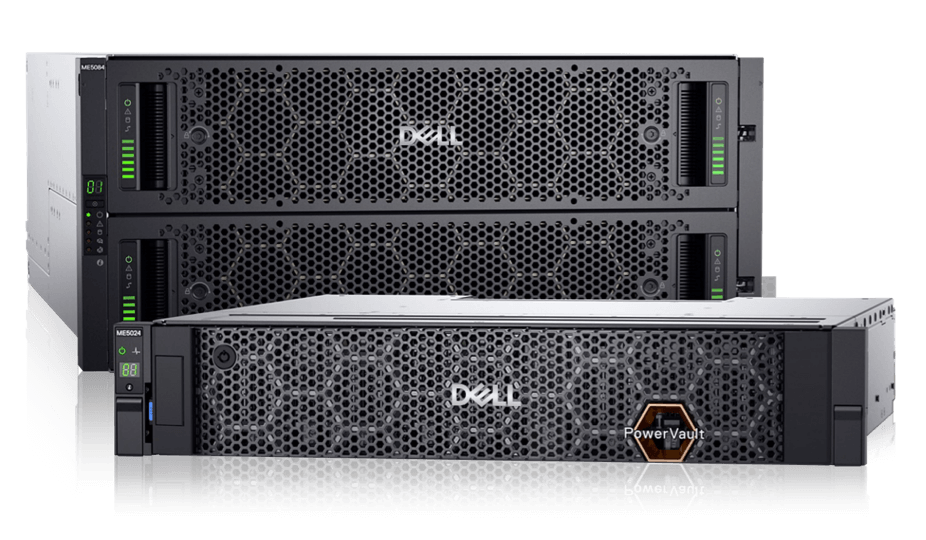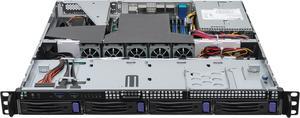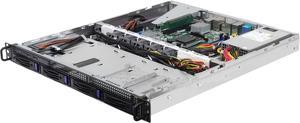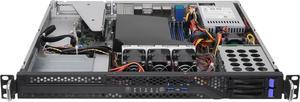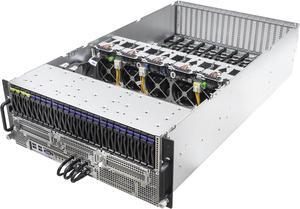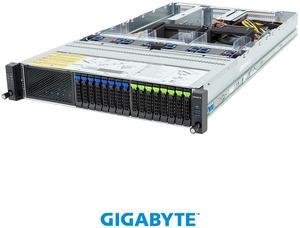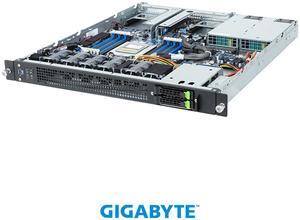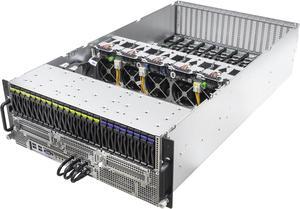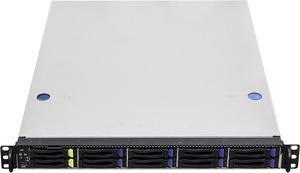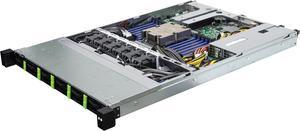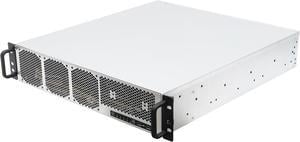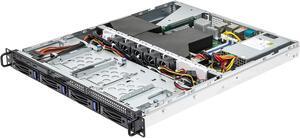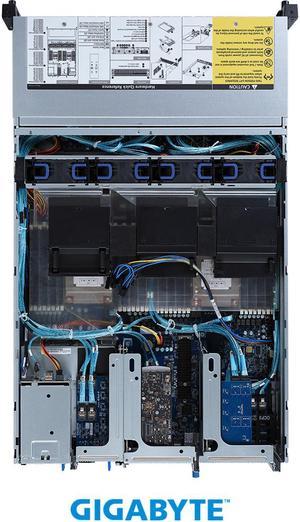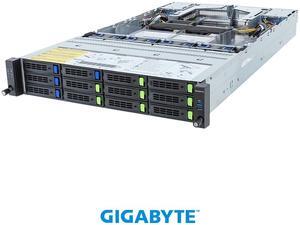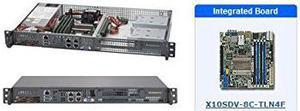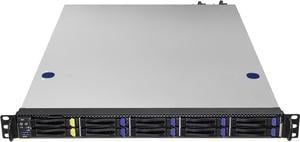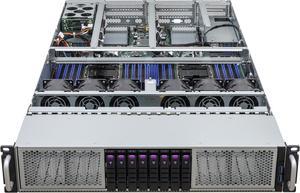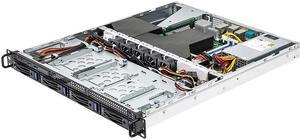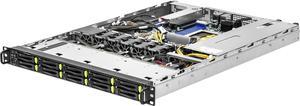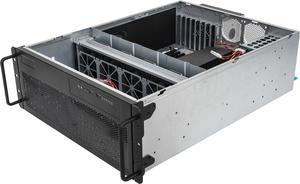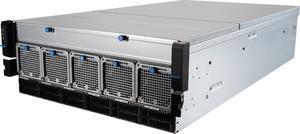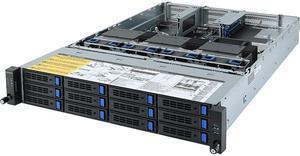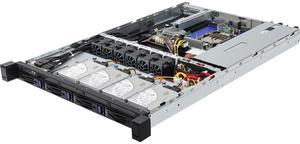Understanding Server Barebones
Top brands like ASROCK Rack, Supermicro, Gigabyte, and ASUS offer server barebones as a customizable solution for building your ideal server environment. These partially assembled platforms or unassembled kits consist of essential components like an enclosure, motherboard, power supply, and drive bays. Designed for continuous operation in demanding business settings, they provide a flexible foundation for expansion and upgrades.
To complete your server, you'll need to add your choice of processor, memory, and storage drives, tailored to your specific workload and software requirements.
Form Factors for Every Need
Server barebones come in various form factors to suit different environments:
- Tower servers: Resembling desktop PCs, they offer robust processing power for smaller organizations.
- Rackmount servers: Designed for space-efficient installation in server racks or cabinets, ideal for businesses with multiple servers.
- Blade serversBlade servers: These modular systems house thin electronic boards within a chassis, simplifying cable management.
Rackmount barebones are often sized in U (1.75 inches) for convenient installation. Common sizes include 1U, 2U, 3U, and 4U.
Building Blocks for Your Server
Beyond server barebones, which provide a convenient foundation, you have a wealth of options for customizing each component of your server:
- Server Motherboards: The core of your system, server motherboards come with specialized features like multiple CPU sockets, expanded RAM slots, and support for server-grade chipsets. Choose from Intel, AMD, or AmpereAmpere-compatible boards depending on your preferred processor architecture.
- Server Chassis: Choose from tower, rackmount, or blade chassis to fit your space and cooling requirements. Consider features like hot-swappable drive bays and redundant power supplies for enhanced reliability.
- Server Processors: Select from a range of high-performance AMD EPYC or Intel Xeon processors tailored to demanding workloads like virtualization, data analysis, and machine learning.
- Server Memory: Ensure you have enough RAM to handle your applications and data. Opt for registered (RDIMM) or load-reduced (LRDIMM) modules designed for server stability.
- Enterprise SSDs (Solid State Drives): For high-performance storage with exceptional speed and reliability, choose enterprise-grade SSDs. Consider factors like capacity, endurance (DWPD), and interface (SAS, SATA, NVMe) to meet your specific workload demands.
- Other Components: Explore options for RAID controllers, network interface cards (NICs), remote management cards, and other add-ons to fine-tune your server to your specific needs.
Configuring for High Performance
Building a high-performance server with barebones requires careful consideration:
- CPU Socket Type: Ensure compatibility with your chosen AMD or Intel server processors, known for their high bandwidth and large cache.
- Multi-Processor Capability: Consider servers with CPU fail-over for redundancy in critical environments.
- Northbridge Chipset: This motherboard component optimizes data flow between the CPU, RAM, and graphics controllers, essential for demanding tasks like virtualization.
- RAM: Install sufficient RAM modules to handle your workload. For instance, a 100GB database might benefit from 16GB to 64GB of RAM.
High End Gaming PC Store has all the high end PCs and PC parts for selection.
Storage Solutions
Server barebones support various storage options:
- ATA/SATA Interfaces: Provide broad compatibility with server-grade hard disk drives (HDDs), with SATA enabling hot-swapping for convenient maintenance.
- NVMe SSDsSSDs These fast and efficient drives excel at storing frequently accessed data, while HDDs are suitable for less critical files.
Enterprise servers often require multiple high-capacity drives in hot-swap bays to ensure data redundancy and speed.
Bestselling Server Barebones Reviews:



